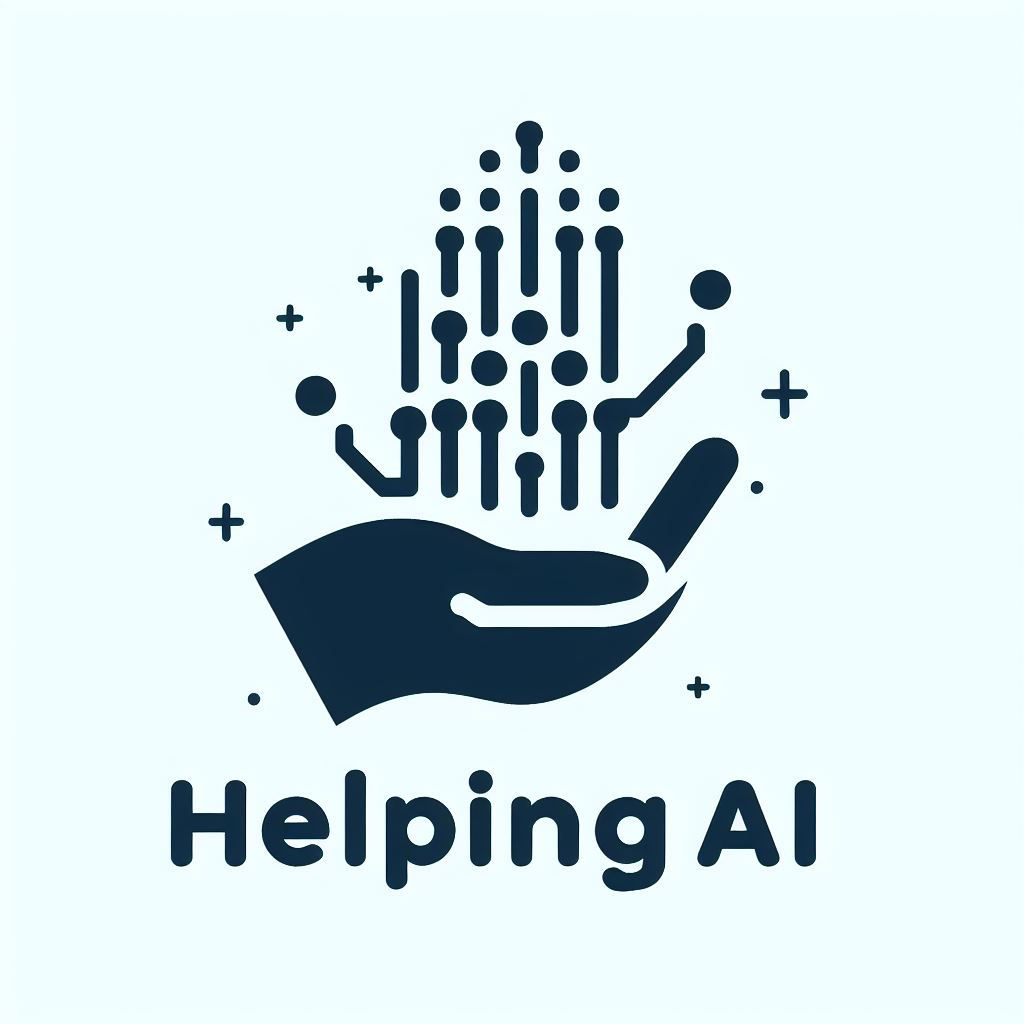
🌟 Model Overview
HelpingAI2.5-2B is a compact yet powerful language model specifically designed for emotionally intelligent conversations and human-centric interactions.
🎯 Key Highlights
- Architecture: 2B parameter transformer-based model
- Training Focus: Emotional intelligence and empathetic responses
- Emotion Score: Achieves 94.28 on standardized emotional intelligence tests
- Deployment: Optimized for efficient deployment on consumer hardware
Transformers
import torch
from transformers import AutoModelForCausalLM, AutoTokenizer
# Load the HelpingAI2.5-2B model
model = AutoModelForCausalLM.from_pretrained("OEvortex/HelpingAI2.5-2B")
# Load the tokenizer
tokenizer = AutoTokenizer.from_pretrained("OEvortex/HelpingAI2.5-2B")
# Define the chat input
chat = [
{ "role": "system", "content": "You are HelpingAI, an emotional AI. Always answer my questions in the HelpingAI style." },
{ "role": "user", "content": "GIVE ME YOUR INTRO" }
]
inputs = tokenizer.apply_chat_template(
chat,
add_generation_prompt=True,
return_tensors="pt"
).to(model.device)
# Generate text
outputs = model.generate(
inputs,
max_new_tokens=256,
do_sample=True,
temperature=0.6,
top_p=0.9,
)
response = outputs[0][inputs.shape[-1]:]
print(tokenizer.decode(response, skip_special_tokens=True))
GGUF Implementation
from webscout.Local import *
model_path = download_model("OEvortex/HelpingAI2.5-2B", "q4_k_m.gguf", token=None)
model = Model(model_path, n_gpu_layers=0, context_length=4096)
thread = Thread(model, format=helpingai2)
# print(thread.send("hi")) #send a single msg to ai
thread.interact() # interact with the model in terminal
Methodology
Base Training
- Datasets: SentimentSynth + EmotionalIntelligence-1M + HelpingAI2.0-150M + HelpingAIemo (152.5M)
Emotional Intelligence Training
- Supervised Fine-tuning on emotional dialogue
- Reinforcement Learning with HelpingAI2.0-7B model
- Constitutional AI training for ethical guidelines
Optimization
- Mixed-precision training
- Gradient checkpointing
- Dynamic attention patterns
Dataset Composition
| Dataset Type | Rows used for training | Purpose |
|---|---|---|
| Emotional Dialogues | 12.5M | Core conversation training |
| Therapeutic Exchanges | 2M | Mental health support |
| Cultural Conversations | 100K | Cultural awareness |
| Crisis Response | 750K | Emergency support handling |
Primary Applications
- 🎯 Personal AI Companionship
- 🧠 Mental Health Support
- 📚 Educational Assistance
- 💼 Professional Development
- 🤝 Social Skills Training
Example Interactions
Give them space: 🌿 Even if you're worried about what you said, give your friend some time to process their feelings. One week is a lot of time for them to work through what you said.
Reflect on your convo: 🤔 Try to remember your last few messages and see if you can spot anything that might have caused the awkwardness. Was it something you said or did?
Apologize for being cautious: 🌻 Write a message expressing your concern that you might have said something wrong and ask if you can talk it out. Let them know you're not trying to blame them but you want to clear the air.
Keep it low-key: 🌺 When you do talk to them, try to keep the convo casual and relaxed. Avoid putting too much pressure on the convo or expecting a specific response.
Listen more, talk less: 👂 When you talk to them, focus on listening to their perspective. Try to understand where they're coming from rather than just wanting to explain your side.
Give them a chance: 🎈 Everyone heals differently. Give your friend the space and time they need to feel better before expecting them to respond.
Know that you can't control how they feel: 🔮 You did your best, and that's all you can do. Just hope that they'll forgive you for whatever you might have done.
Remember, it's not easy to have these kind of convos. Take care of yourself and be patient. You got this! ✊ Want some specific questions to practice with? Just let me know! I've got your back! 🤗
And if you're sure you messed up, a little apology goes a long way. Keep it real and say something like, "Hey, I'm sorry if I said something whack earlier. I didn't mean to bring you down." 🙏
At the end of the day, give your friend some space if they need it. We all got our own stuff going on, ya know? 🤐
If you're still unsure, maybe try talking to 'em in person. A face-to-face chat can work wonders. 💬
Just remember, it's all good. Missteps happen, but what matters is that you got each other's backs. That's what friends are for! 🤝
Ethical Guidelines
- Prioritizes user emotional wellbeing
- Maintains strict privacy standards
- Avoids harmful or discriminatory responses
- Transparent about AI limitations
- Promotes healthy coping mechanisms
Known Limitations
- Cannot Replace Human Professionals
- Cannot Roleplay
- Limited Knowledge Base
- Context Window Constraints
Citation
@misc{helpingai2024,
author = {Abhay Koul},
title = {HelpingAI2.5-2B: Emotionally Intelligent Language Model},
year = {2024},
publisher = {Huggingface},
journal = {GitHub repository},
howpublished = {\url{https://huggingface.co/OEvortex/HelpingAI2.5-2B}}
}
🙏 Acknowledgments
Special thanks to the HelpingAI community, Huggingface, contributors, and researchers who made this model possible. Your dedication to advancing emotionally intelligent AI is invaluable.
Built with ❤️ by the HelpingAI Community
Website • GitHub • Discord • HuggingFace
- Downloads last month
- 56



